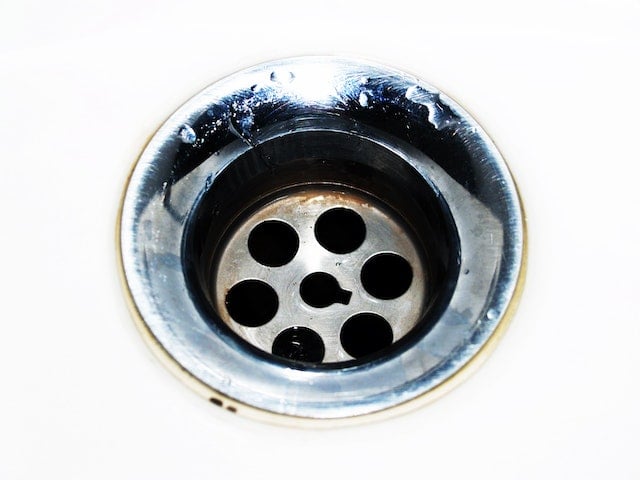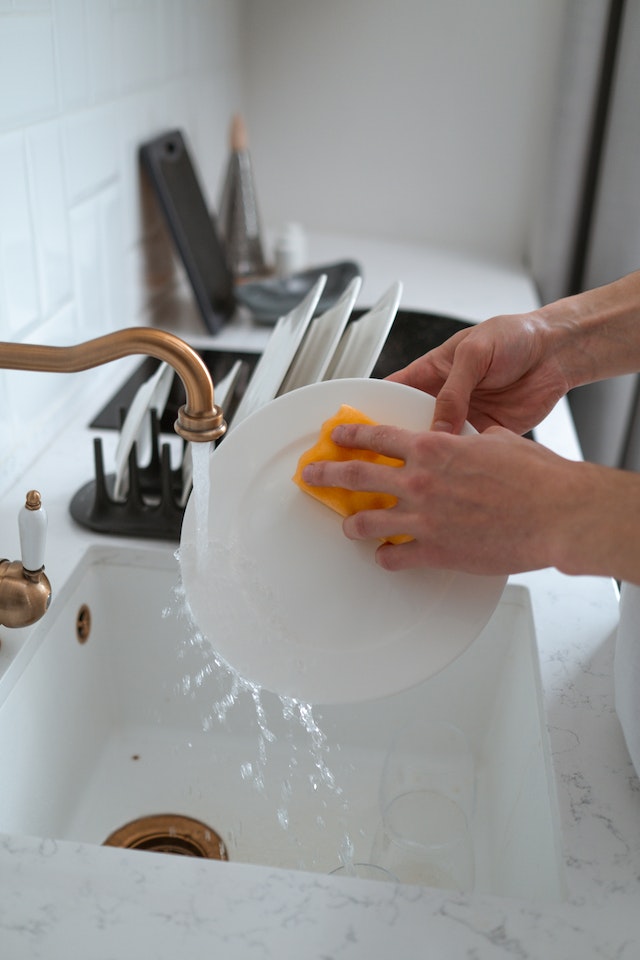Drain and Sewer Line Cleaning Services

Sewer Line Cleaning Service
At Copperfield Plumbing, we pride ourselves on being the top-tier professionals in sewer cleaning services. Effective cleaning can not only resolve existing blockages but also avert potential damage to other utilities serving your home. If the problem is due to debris clogging your sewer drain, we are equipped with snake tools designed for precise and thorough clearance. Our team consists of highly skilled professionals trained in all the techniques we apply. We're not just committed to resolving existing issues; we also strive to forestall any future plumbing predicaments such as leaks, flooding, and costly repair jobs. Our response time is swift, ensuring we are on-site the same day you place your call.
How to Tell If Your Sewer Lines Are Clogged
If you encounter a blockage in your sewer line, here are some indicators that suggest you might need the assistance of a professional plumber:
• Backup in multiple drains: The simultaneous backup of your toilet, bathtub, shower, and other bathroom fixtures, possibly along with your kitchen sink, is an alarm. Water might also back up in the shower when you flush the toilet.
• Slow drainage: If you notice water draining at a slower rate than usual, this could be indicative of a blockage that might progressively worsen if not addressed promptly.
• Odorous drains: An unpleasant sewage smell emanating from your drains, or water backing up, might suggest the presence of a main sewer clog.
• Sewage seeping out of or standing in the sewer cleanout: The pipe that connects to the main line providing plumbers direct access to the sewer line can reflect a main sewer blockage if sewage starts to stand in or drain out of it.
• Accumulation of sewage in the floor drain: If the water from the pipe has no exit, it will resort to the secondary drain, accumulating around floor drains in your home.
Common Causes of Blockage
• Substances such as grease, oil, fats, and even residues of detergent or soap poured down a drain can accumulate over time, leading to clogged lines. Instead of rinsing off hot grease with water, pour it into a container and discard it once it solidifies.
• Shampoo that descends down the shower drain can, similar to grease and other substances, gather inside pipes and obstruct the sewer line. Hair accumulation can have a similar effect, triggering symptoms of a sewer line blockage.
• Flushing inappropriate items down the toilet such as facial tissues, disinfectant wipes, swiffers, paper towels, hair, tampons, plastic, or diapers can cause sewer pipes to block. These items should be disposed of in a trash can to avoid clogging the sewer system.
Nevertheless, some reasons for sewer cleaning are beyond your control. A line can sag due to soil or ground conditions, and this often occurs gradually, leading to subtle signs of trouble. Another cause is tree root infiltration. As tree and shrub roots grow in search of water, they can invade loose sections of the pipe and eventually cause blockages and pipe failures.

Contact Copperfield Plumbing Services for Sewer Line Cleaning
If you observe a sluggish drain, sewage seeping onto your floor, or an external indication of an issue, reach out to Copperfield Plumbing immediately. Our skilled technicians specializing in residential sewer and drain cleaning can accurately identify and rectify the problem, ensuring thorough cleaning and repairs. We guarantee to restore your pipes to their original, pristine condition. Reach out to us today for complimentary, no-obligation estimates; professional service; and unparalleled sewer line cleaning. For a cost-free quote, dial 512-667-6776, or schedule an appointment via our website today.